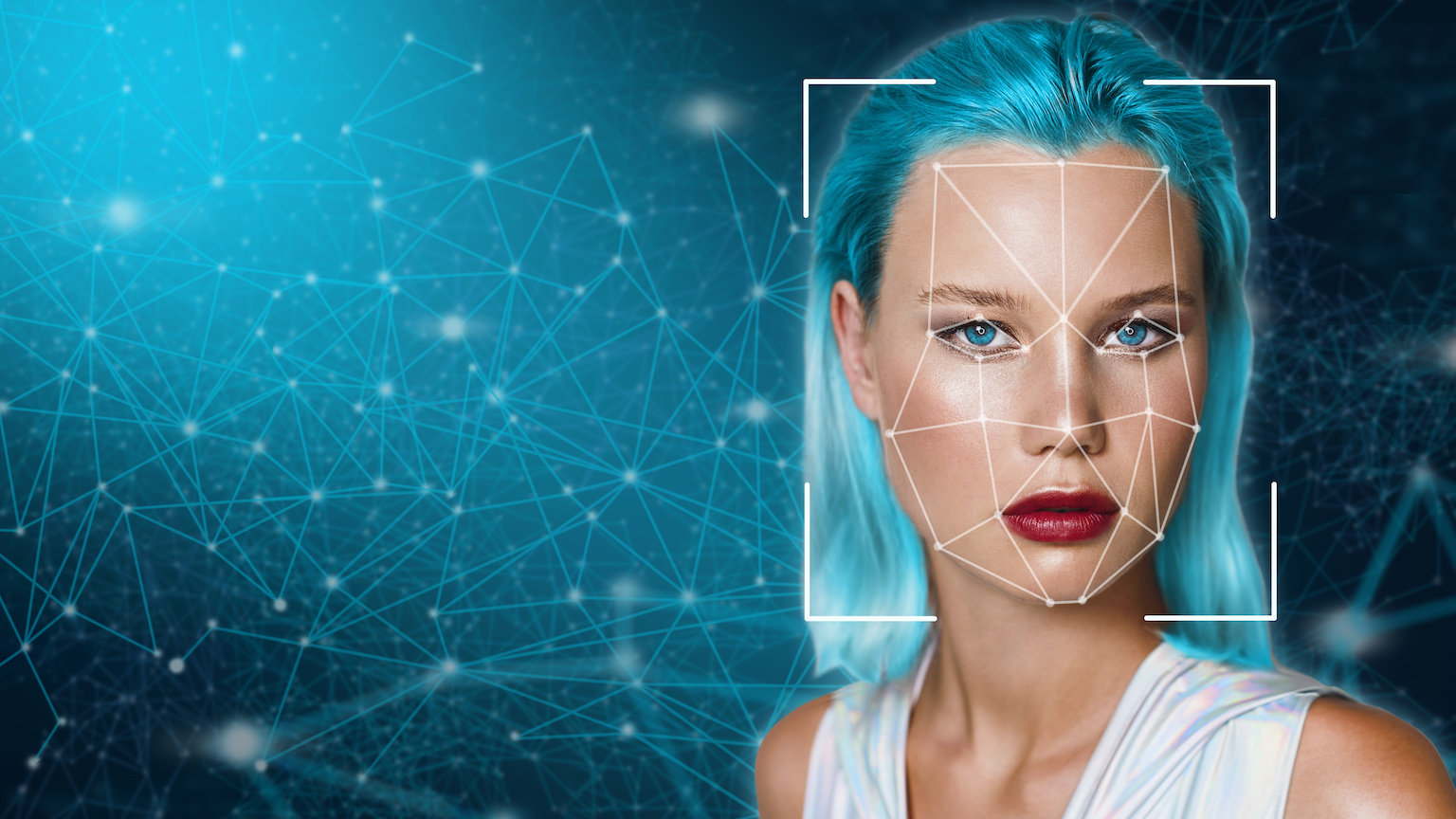Billions of fake accounts: Who’s messaging you on Facebook?

Image source: Shutterstock
- Facebook’s recent transparency report revealed that it took down 5.4 billion accounts in 2019 thus far, a huge jump from 2018’s 3.3 billion removals.
- Facebook claims that this jump in take-downs is due to improved methods for identifying fake accounts, but it has to be assumed that some are still slipping through the cracks.
- What are the primary activities of these fake accounts?
Recently, Facebook CEO Mark Zuckerberg revealed that the social media company’s main platform has removed 5.4 billion fake accounts this year, dwarfing the 3.3 billion they removed in all of 2018. Many of these accounts were flagged as fake simply because of user misclassification — Facebook does not permit nonhuman entities to have accounts, only pages. However, a significant amount of the banned accounts were malicious, representing scammers or distributors of fake news. In total, Facebook’s recent transparency report estimated that 5 percent of its current active monthly users are fake, however, outsiders estimate that figure to be much higher — potentially as high as 20 percent.
Facebook established its transparency report in 2013 as a response, in part, to Edward Snowden’s revelations of that year, in which he leaked information regarding widespread government surveillance programs. The transparency report offered a means of letting users know how frequently Facebook received government requests for data.
In recent years, however, more attention has been paid to the report’s focus on fake accounts and community standards as the social media company has been under fire for its role in the spread of fake news, the Cambridge Analytica scandal, and Russian interference in the 2016 election.
The huge spike in fake accounts that Facebook has taken down this year alone is partly due to improved methods for identifying them. Facebook claims that more than 99 percent of fake accounts on their platform are, today, automatically taken down within minutes of their creation before any user reports them as being fake. This doesn’t necessarily apply to past years’ figures, though.
Nevertheless, according to the company, the majority of malicious accounts created this year, in particular, don’t have the opportunity to take advantage of unsuspecting users. However, it’s still likely that many are slipping through the cracks.
With the 2020 elections and the new census on the horizon, a great deal of attention has been paid on how Facebook handles potentially manipulative content on its platform. Twitter CEO Jack Dorsey recently announced that it would no longer be accepting political ads, while Zuckerberg affirmed that Facebook would continue to do so and does not fact-check the content in those ads. This decision, coupled with Facebook’s fake accounts issue, has generated significant criticism over the social media company’s impact on public discourse.
What are these fake accounts actually doing?
One high-profile use case for fake accounts is to spread propaganda in an effort to influence political outcomes. For instance, many fake social media accounts were developed by Russian agents prior to the 2016 election to drive traffic towards the DCLeaks website, a front for the Russian espionage group known as Fancy Bear which contained the stolen personal information of various prominent politicians. While this site contained real information intended for propaganda purposes, other accounts actively spread fake news stories. Leading up to the 2016 election, one fake news headline, for example, read “FBI Agent Suspected in Hillary Email Leaks Found Dead in Apparent Murder-Suicide,” while another asserted that people were using food stamps to buy pot in Colorado.
These challenges aren’t limited to just the U.S., either. A great deal of the online support for the far-right German party AfD has been found to be connected to suspicious accounts, and 30,000 fake accounts were removed in France prior to the 2017 election.
However, not all fake accounts are made by state actors with the purpose of spreading disinformation. Romance scammers often impersonate attractive individuals — frequently military members, oddly enough — to gain others’ trust before announcing a fictional emergency. Then, the scammers ask their confidants for money to help out. Other scams exist, but they all follow the same basic formula: gain a target’s trust; mine them for useful information regarding, for example, their background, their hopes, their family, their problems; and then manipulate them into giving the scammer money.
It’s hard to imagine that Facebook will be able to crack down on every fake account out there. That’s why the best thing we can do in the face of these adversaries is to better educate ourselves on basic cybersecurity practices, develop our critical thinking skills to evaluate fake news, and learn to be more suspicious of others online. Unfortunately, the sheer scale of Facebook users and fake accounts means that at least some individuals will fall victim to disinformation campaigns and scams from time to time.





